We’ve taken nearly a dozen Caribbean cruises during hurricane season, most often in August, and every single one has taught us something new about what to expect, how to prepare, and when to stay flexible. Some felt no different than sailing at other times of year. Others? One cruise in late September delivered just about every weather-related disruption possible: cancelled ports, gray skies, choppy seas, and soggy beach days that had everyone nervously scanning the horizon for storm clouds.
But here’s the thing. Sailing a Caribbean cruise during hurricane season isn’t necessarily a gamble. With the right itinerary, a flexible mindset, and a little weather-savvy planning, it can actually be one of the best-value ways to enjoy the Caribbean.
In this guide, we’ll walk you through everything we’ve learned. From when and where to sail, to how cruise lines handle hurricanes, and what to do if plans shift mid-voyage, you’ll get practical advice that helps you decide if hurricane season cruising is right for your family.
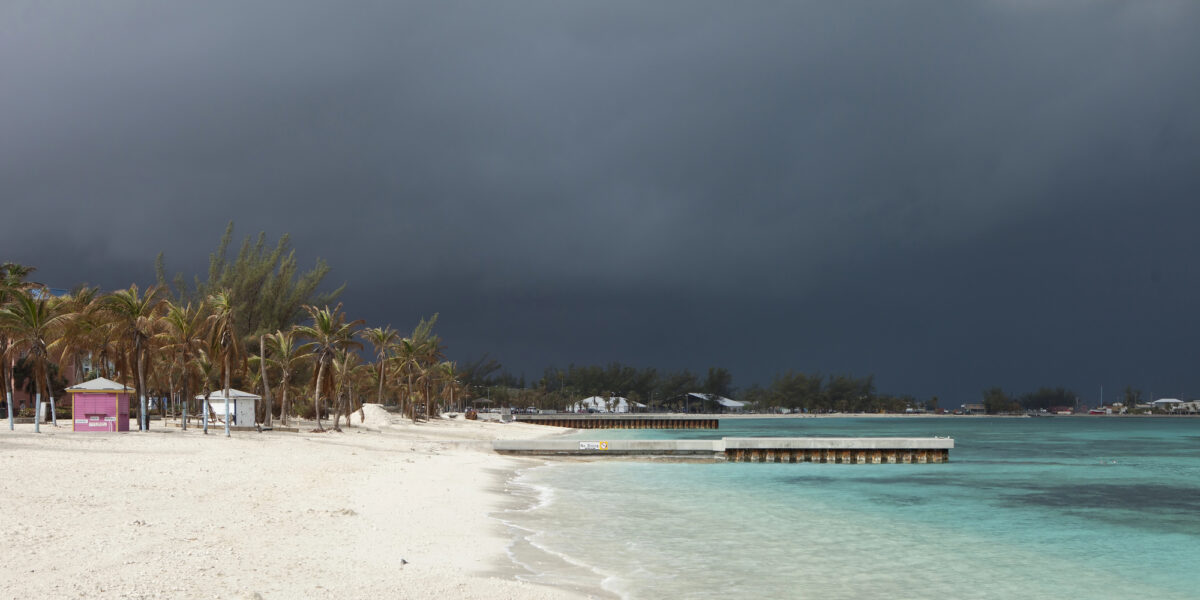
When Is Hurricane Season in the Caribbean?
The Atlantic hurricane season officially runs from June 1 through November 30. During this time, tropical storms and hurricanes can affect much of the Caribbean, as well as the Gulf of Mexico and the southeastern U.S. coastline.
That doesn’t mean storms are equally likely throughout the entire season. Here’s what to expect month by month:
- June to July: Lower chance of storms, though activity begins to ramp up.
- August to October: Peak season, with the highest concentration of hurricanes and tropical storms.
- November: Storm activity begins to taper off, though late-season storms can still occur.
Most major storms tend to form between mid-August and early October. This is when cruise lines are most likely to adjust itineraries, cancel port stops, or encounter rougher seas. If your schedule allows, you might consider cruising in early June or late November when storm risk is typically lower.
Cruise lines monitor weather patterns using advanced forecasting from the National Hurricane Center. Once a storm is named and reaches tropical storm strength (winds of 39 mph or more), cruise itineraries are often adjusted proactively. If those winds reach 74 mph, the storm becomes a hurricane.
Planning a cruise during hurricane season doesn’t mean you’ll encounter bad weather, but it does mean that cruise lines will be ready to adapt if needed.
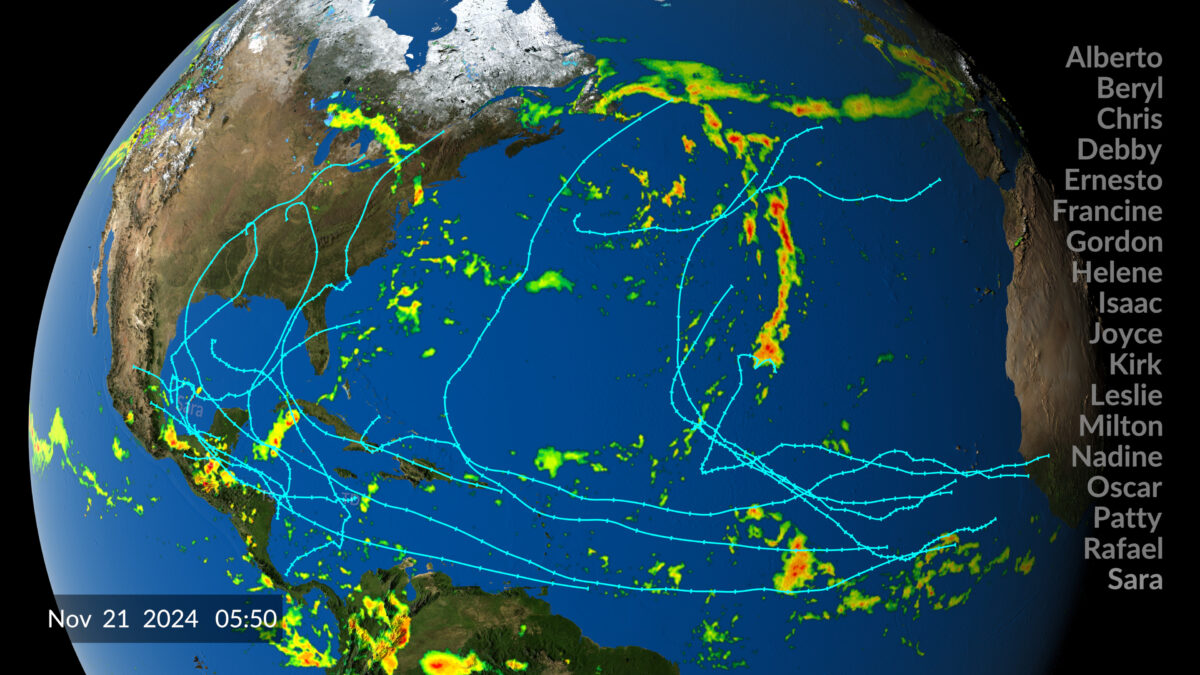
Which Caribbean Regions Are Most Affected?
Hurricane activity isn’t evenly spread across the Caribbean, and understanding regional differences can help you choose an itinerary with fewer weather-related surprises.
Eastern Caribbean
Destinations like St. Maarten, Puerto Rico, and the Virgin Islands often see storms earlier in the season, especially from mid-August to early October. This region has historically been hit hard by hurricanes, and during peak months, itinerary changes here are more common.
Western Caribbean
Ports like Cozumel, Grand Cayman, and Jamaica face a consistent risk throughout hurricane season, with increased activity in late summer and early fall. Cruise lines keep a close eye on this region and often reroute ships when necessary to avoid storms.
Southern Caribbean
Islands such as Barbados, Trinidad, and Grenada are generally at lower risk for hurricanes. Their southern location offers some natural protection, though storms can still reach this region, especially in the peak months.
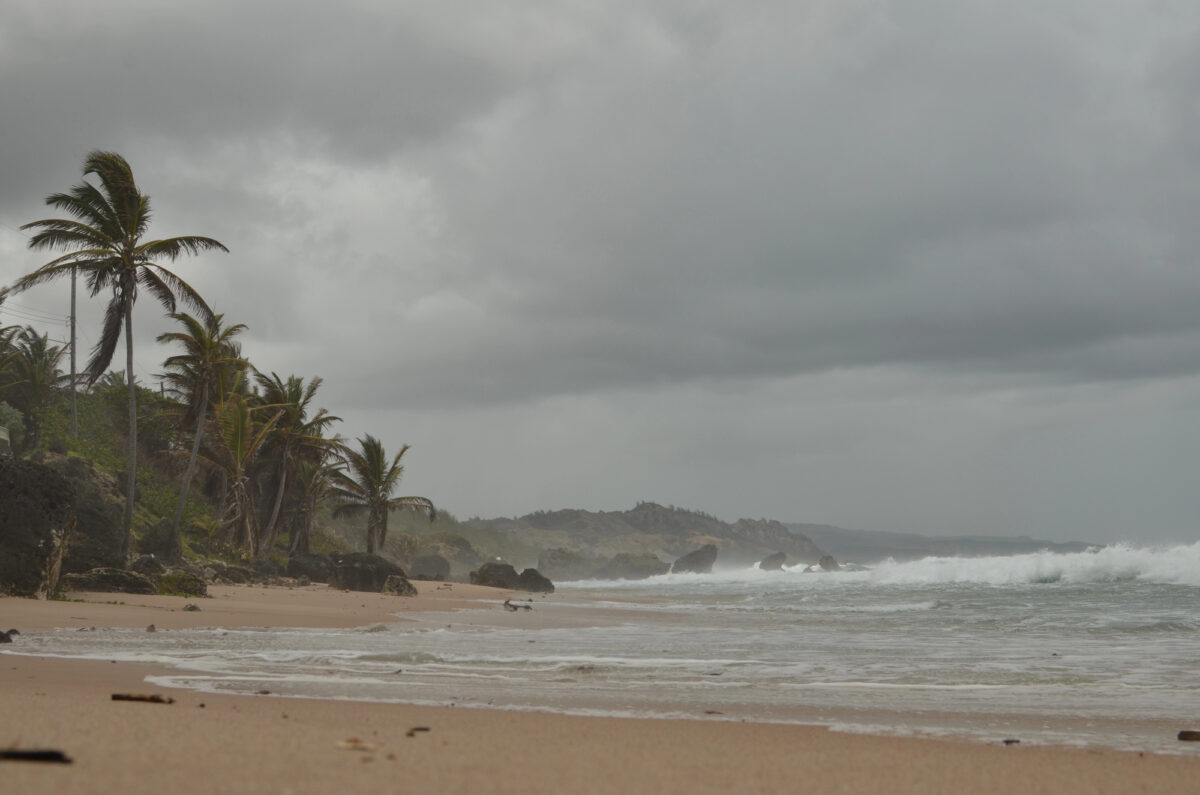
The ABC Islands
Aruba, Bonaire, and Curaçao are positioned outside the traditional hurricane belt. These Dutch islands sit close to South America and enjoy a desert-like climate with minimal rain and storm risk, even during peak season. If you’re looking for the most reliable weather during hurricane season, the ABC Islands are among your safest bets.
Here’s a quick summary of risk by region:
- Eastern Caribbean: Higher risk (especially August through October)
- Western Caribbean: Moderate to high risk (June to November)
- Southern Caribbean: Lower risk (though not immune during peak months)
- ABC Islands: Very low risk year-round
Choosing a lower-risk region won’t guarantee perfect weather, but it can significantly reduce your chances of major disruptions.
Pros and Cons of Hurricane Season Cruising
Sailing the Caribbean during hurricane season comes with its perks and its pitfalls. Knowing both sides can help you decide whether the tradeoffs are worth it for your travel style.
Lower Prices and Better Perks
One of the biggest draws of cruising during hurricane season is the savings. You’ll often find deeply discounted fares and added perks such as onboard credit, beverage packages, or cabin upgrades. These deals are especially appealing to families or travelers booking multiple cabins.
If you’re flexible with dates and destinations, last-minute deals can be especially rewarding. It’s not uncommon to save hundreds or even thousands compared to peak-season pricing.
Weather Risks and Itinerary Changes
On the flip side, you have to be ready for the possibility of bad weather. Rerouted ships, canceled port stops, and rough seas are all real possibilities. Shore excursions may be delayed or canceled if local conditions are deemed unsafe. While ships actively avoid storms, doing so often results in sudden itinerary changes, sometimes with little warning.
We once sailed on a late-September cruise that checked every box for potential weather disruptions: persistent overcast skies, on-and-off rain, two canceled ports, and a soggy sea day that kept most passengers inside.
Still, that cruise also happened to be one of the cheapest we’ve ever taken. Thanks to a casino promotion, we paid just slightly more than the port fees and even received partial refunds when the port visits were canceled. That kind of deal can (potentially) make the tradeoffs easier to accept.
That said, out of nearly a dozen Caribbean cruises during hurricane season, this one stands out as the exception. Most have been smooth sailing, and often felt no different from trips at other times of year.
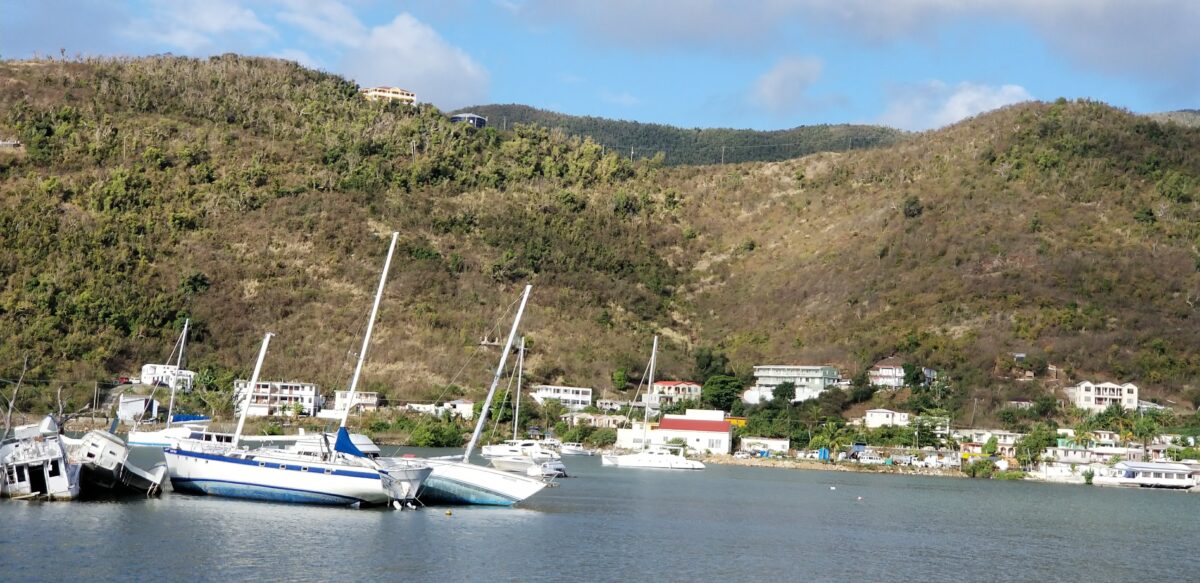
In rare cases, a cruise might be shortened or extended if ports close due to storm conditions. This is another reason to avoid scheduling tight post-cruise plans or non-refundable arrangements. And if you book shore excursions through a third-party provider, be sure to review their cancellation policy in advance.
To keep guests entertained during unexpected sea days, crew members usually add extra onboard activities like trivia contests, games, or themed events. While plans may change, cruise lines work hard to maintain the vacation experience, even when the weather doesn’t cooperate.
Flexibility Is Key
The more adaptable you are, the better your cruise will go. Port swaps are common. Occasionally, your ship might extend a sea day or skip a stop altogether. If you’re someone who enjoys sea days, that might even feel like a bonus. We’ve come to appreciate the spontaneity, especially when it means more time onboard to enjoy the wide range of ship activities..
Be cautious when booking non-refundable flights, hotels, or shore excursions. Cruise lines make decisions based on safety, and that can mean last-minute schedule changes. Having flexible travel arrangements and good trip insurance can make all the difference.
How Cruise Lines Handle Hurricanes
Cruise lines have years of experience navigating hurricane season. They don’t just hope for good weather—they actively monitor conditions and adapt to keep guests safe and vacations on track.
Rerouting and Itinerary Changes
When a hurricane threatens a planned route, cruise lines act quickly. Ships may skip ports, rearrange stops, or add extra sea days to steer clear of storms. Thanks to high speeds and advanced weather tracking, modern ships can often outrun storms or divert to safer waters with little notice.
Passengers are typically kept informed through announcements, mobile apps, and in-cabin updates. While itinerary changes can be disappointing, they’re made with passenger safety as the top priority. Most cruise lines do their best to substitute affected ports with similar alternatives when possible.
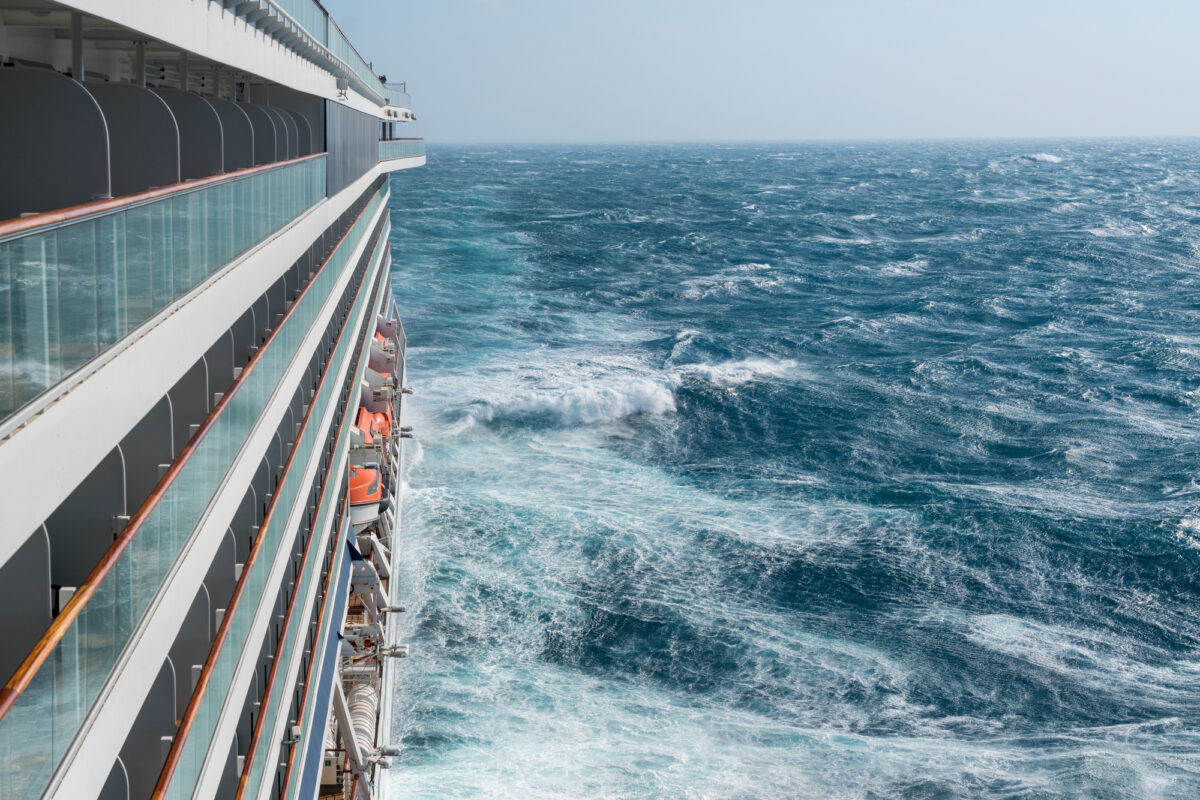
Stabilizers and Ship Technology
Today’s cruise ships are built with stability and safety in mind. Stabilizers—large underwater fins—help reduce side-to-side motion in rough seas. Even on choppy days, the movement you feel inside the ship is often much less than expected.
It’s worth noting that ship size matters. We’ve found a noticeable difference between sailing on large vessels like the Oasis-class ships and smaller ones like Majesty of the Seas. Larger ships generally handle rough waters better, making them a smart choice for hurricane season cruising.
Captains receive frequent weather updates and use advanced radar and forecasting tools to adjust course as needed. If storm conditions begin to develop, cruise lines will reroute as early as possible to avoid major disruptions.
Onboard Entertainment During Bad Weather
If your cruise runs into bad weather, rest assured that cruise staff are ready. When outdoor activities are limited, they often add extra programming to keep guests engaged. You might see more trivia contests, craft sessions, and indoor games pop up around the ship.
Many newer ships have covered pools, spacious lounges, and entertainment venues that remain fully operational regardless of the weather. While it’s not quite the same as a sunny beach day, cruise lines work hard to make sure there’s still plenty to do.
Travel Insurance and Cancellation Policies
When cruising during hurricane season, insurance isn’t just a nice-to-have. It can be the difference between a minor inconvenience and a major financial headache.
Coverage for Trip Cancellations or Interruptions
Comprehensive travel insurance can help protect your investment if a hurricane disrupts your trip. Many policies reimburse non-refundable expenses like airfare, cruise fare, and pre-booked excursions if you’re unable to travel due to severe weather or if your cruise is delayed for more than 24 hours.
Timing matters. Insurance must usually be purchased before a storm is officially named. Once it enters the forecast, it’s too late to buy coverage that includes that specific event. Always read the fine print to confirm what’s included and excluded, especially when booking during hurricane season.
It’s also worth checking the cruise line’s own policies. If they cancel your sailing, they typically offer refunds or future cruise credits. Just don’t assume your travel insurance will automatically kick in unless the disruption meets the policy’s criteria.
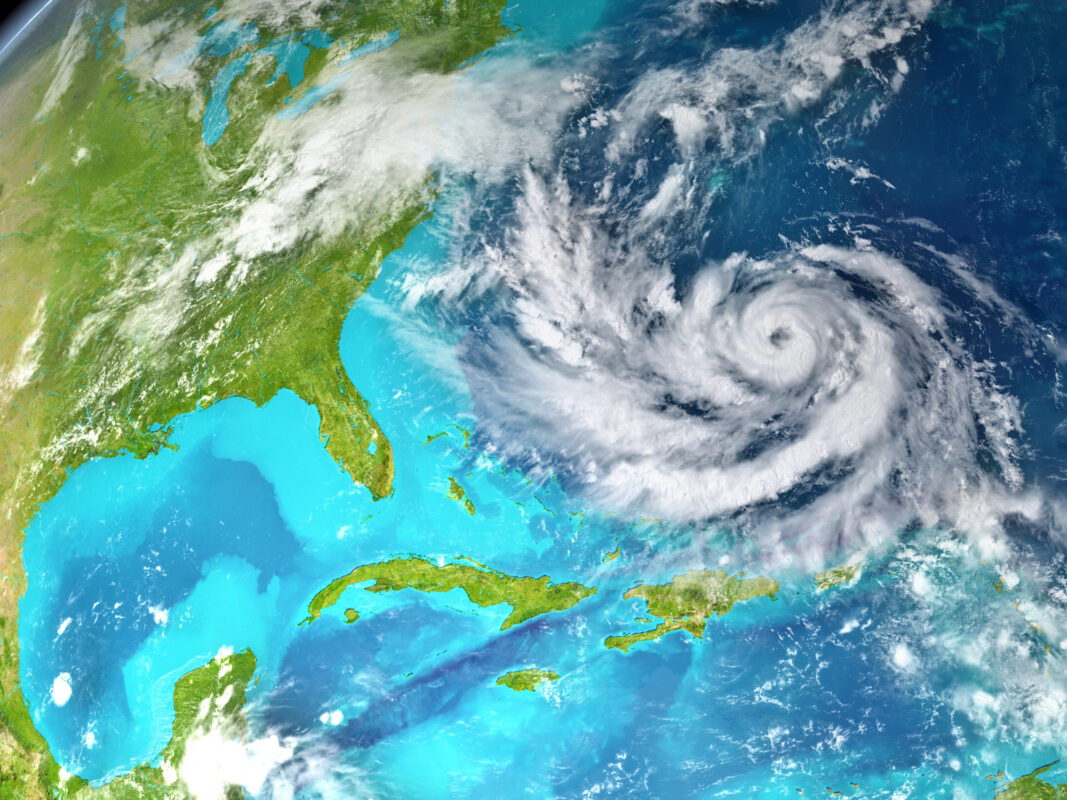
Understanding Onboard Credit and Compensation
If your cruise is delayed, rerouted, or shortened—but not canceled—your cruise line might offer onboard credit or other forms of compensation. This credit can be used for dining, spa treatments, excursions, or onboard shopping.
The type and amount of compensation vary depending on the cruise line and the severity of the disruption. Some lines are more generous than others, especially if a major portion of the itinerary is affected. Cruise lines determine these offers independently, and travel insurance usually doesn’t cover minor inconveniences or missed ports.
Knowing what to expect from both your insurance policy and your cruise line’s policies can help reduce stress if the weather throws a wrench in your plans.
Staying Informed: Weather Updates and Safety Tips
When cruising during hurricane season, a little awareness goes a long way. Staying informed helps you stay calm, adjust your plans if needed, and enjoy your cruise with fewer surprises.
Monitoring Weather Updates
Traditionally, the National Oceanic and Atmospheric Administration (NOAA) has been the go-to resource for hurricane forecasts and storm tracking. Their website and app offer up-to-date information on developing storms across the Atlantic and Caribbean.
Before and during your cruise, it’s smart to check for alerts or subscribe to NOAA text updates. Knowing what’s brewing gives you a better sense of whether itinerary changes might be coming. Your cruise line will also monitor these updates closely and keep passengers informed.

How Cruises Respond to Forecast Changes
Cruise lines use detailed forecasts, onboard meteorologists, and real-time weather models to make routing decisions. If a storm is heading toward your itinerary, the ship will change course to avoid it. This could mean rearranging port stops or adding extra sea days.
Cruise staff keep guests updated through announcements, mobile apps, and in-cabin messaging systems. Changes might not always be welcome, but they’re made with safety in mind.
Safety Measures for Passengers
Stormy conditions can bring high winds, heavy rain, and rough seas. Listen to crew instructions, and keep essentials like medications, important documents, and a light rain jacket packed in a waterproof bag.
If you’re traveling during peak hurricane season, it’s a good idea to pack with flexibility in mind. Think layers, waterproof shoes, and indoor-friendly entertainment options like books or games.
Keep emergency contact info handy, and pay attention to daily bulletins, which will keep you informed about ship updates and safety protocols.
Closing Thoughts on Hurricane Season Cruising
Cruising the Caribbean during hurricane season can be a great value if you know what to expect. With nearly a dozen off-season cruises under our belt, most have been smooth sailing with only occasional hiccups. The one exception—cloudy skies and multiple missed ports—was a reminder that timing and flexibility matter.
If you’re prepared for possible changes, pack a good attitude, and choose your itinerary wisely, you can enjoy a memorable cruise at a fraction of the price. Sometimes, the unexpected days turn out to be the most unforgettable.

Elaine Warren
Founder & Crew Chief
Elaine founded this website after publishing the book The Family Cruise Companion’s Guide to Cruising With Kids. (Second edition recently released!) She has sailed on 45 cruises (and counting). She loves helping families navigate their way to an adventure-filled, fun, and memorable vacation.

